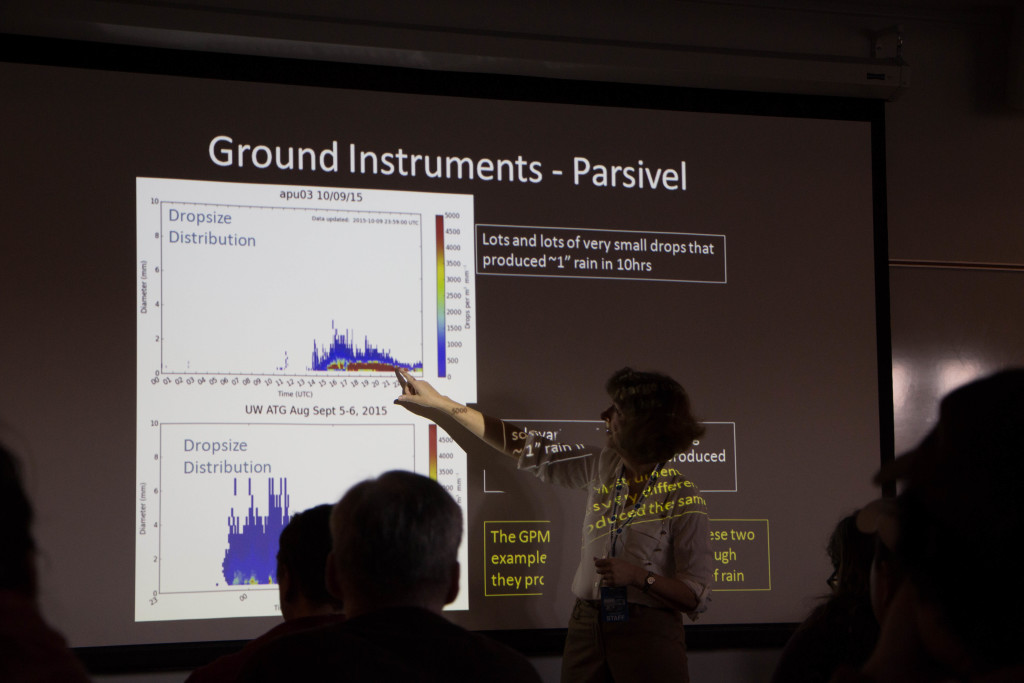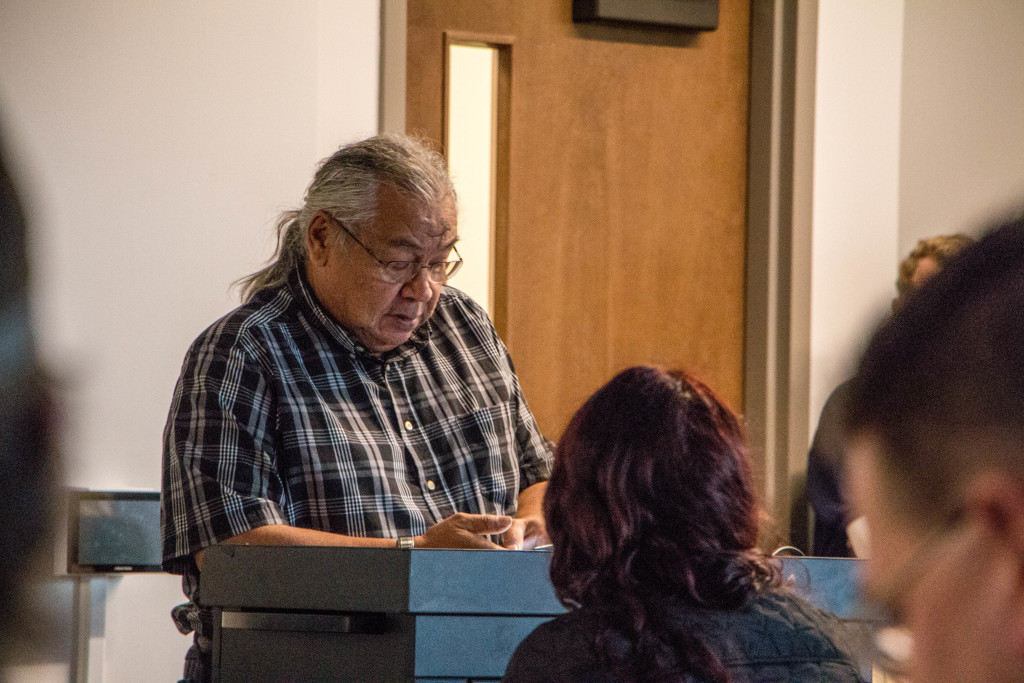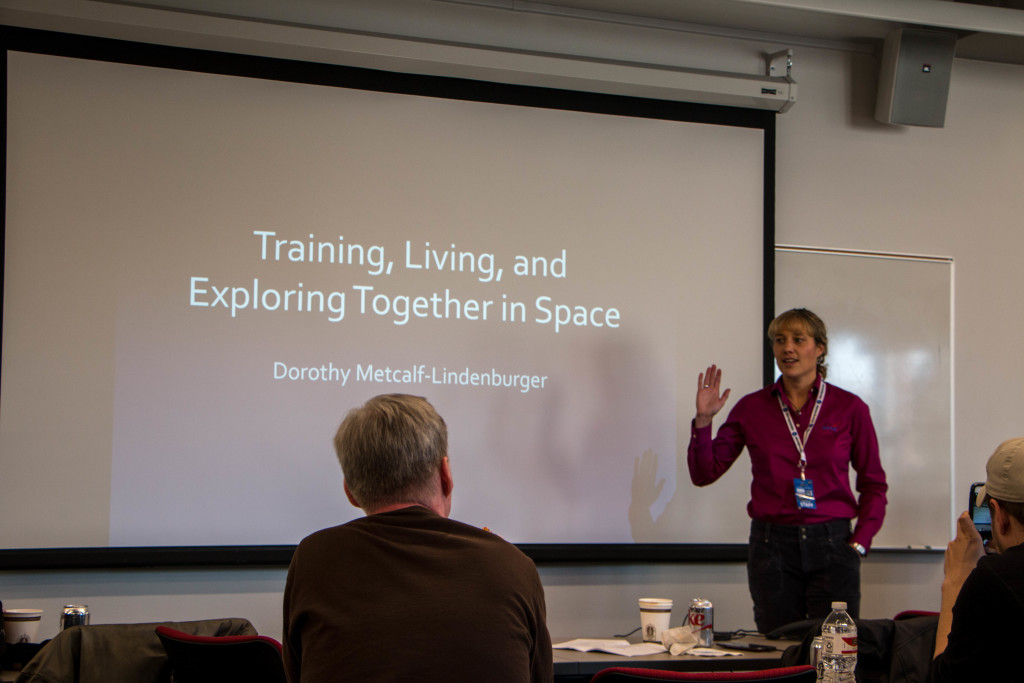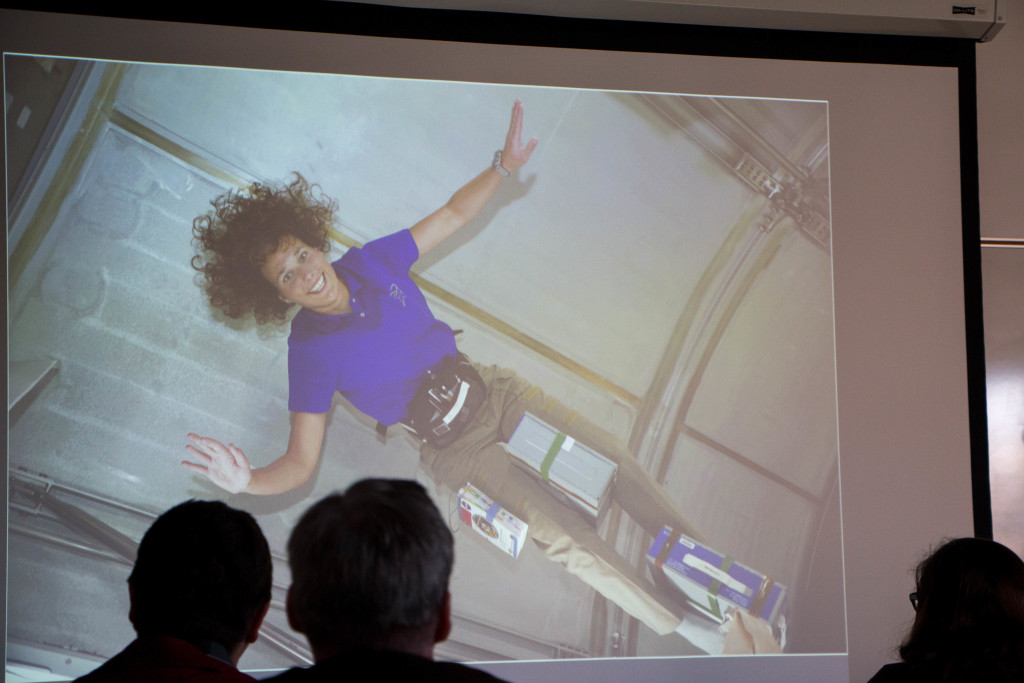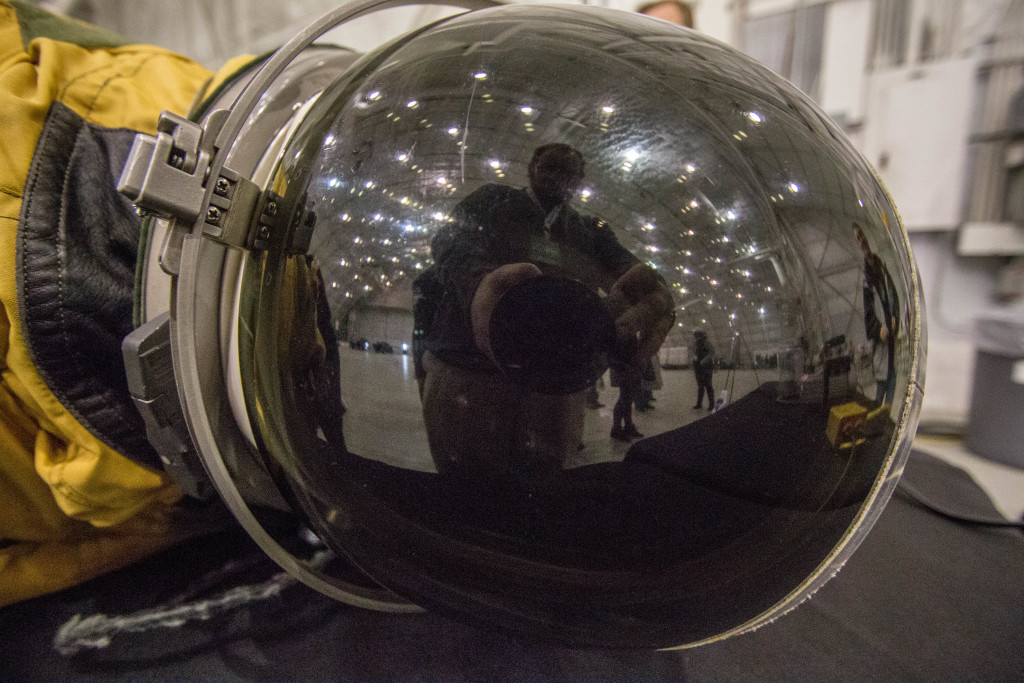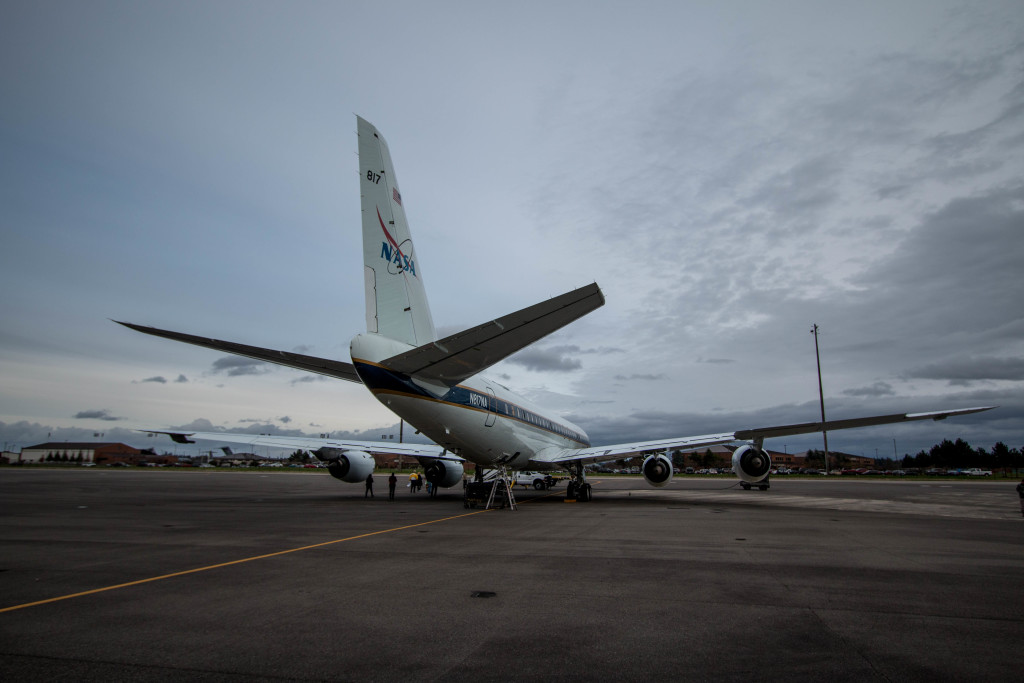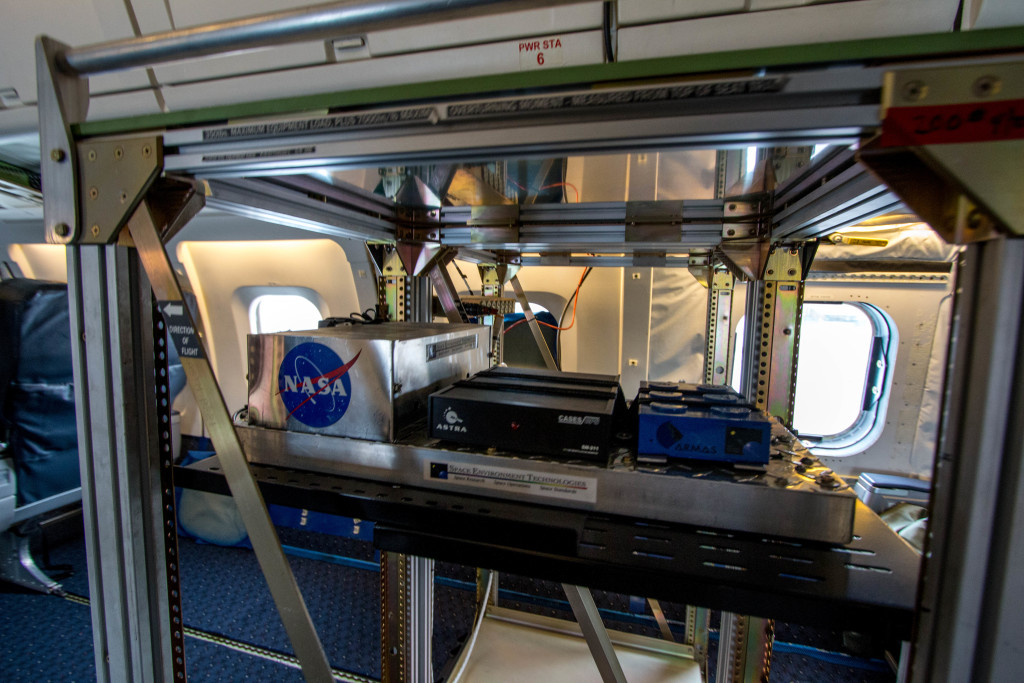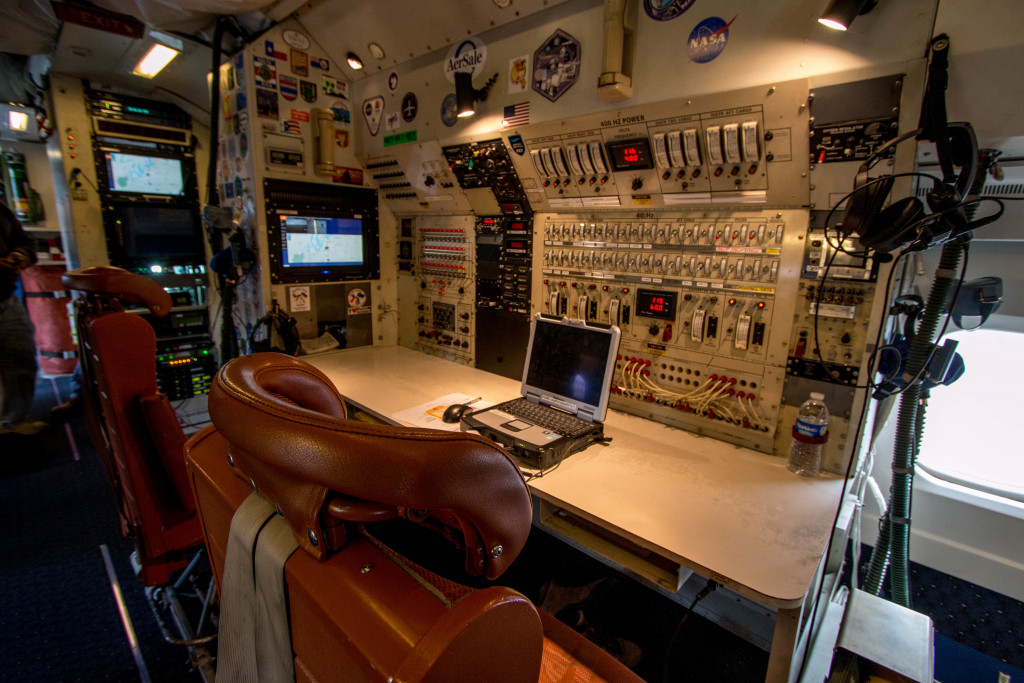My NASA Social Experience

A short while back, a follower by the name of Michele Viventi Paciulli brought a great opportunity to my attention. It was a link to sign up for a NASA Social event near Seattle, Washington. According to NASA Socials:
NASA Social is a program to provide opportunities for NASA’s social media followers to learn and share information about NASA’s missions, people, and programs. NASA Social is the next evolution in the agency’s social media efforts. Formerly called NASA Tweetup, NASA Social program includes both special in-person events and social media credentials for individuals who share the news in a significant way. This program has brought thousands of people together for unique social media experiences of exploration and discovery.
The event was geared around new ways to monitor weather conditions, specifically precipitation, in the mountainous terrain of the Olympic Peninsula. This region is located in the extreme NW US and receives a tremendous amount of rainfall between the months of November and February. The NASA project is called OLYMPEX. According to NASA Precipitation Measurement Missions:
The Olympic Mountain Experiment, or OLYMPEX, is a NASA-led field campaign, which will take place on the Olympic Peninsula of Washington State from November 2015 through February 2016. The goal of the campaign is to collect detailed atmospheric measurements that will be used to evaluate how well rain-observing satellites measure rainfall and snowfall from space. In particular, OLYMPEX will be assessing satellite measurements made by the Global Precipitation Measurement (GPM) mission Core Observatory, a joint mission by NASA and the Japan Aerospace Exploration Agency (JAXA), which launched in 2014.
So I signed up and, to my delightful surprise, was invited to participate. I’m very thankful for this opportunity and I’m proud to share it with you. The event started at the University of Washington (pictured below). What a beautiful campus!
The first speaker was John Yembrick, a social media manager for NASA HQ (pictured below). He reinforced how NASA is reaching out through social media partnerships to increase awareness of their current projects.
Then Dr. Walt Peterson, NASA GPM Deputy Project Scientist for Ground Validation (pictured below), briefed us on the latest satellite GPM (Global Precipitation Management) information and news.
Dr. Lynn McMurdie, NASA Project Manager and Principal Investigator for OLYMPEX (pictured below), then presented about ground and aircraft sensors that are being used to verify and validate the measurements taken via the GPM satellite.
We were then treated with a presentation by James DeLaCruz, Quinault Nation Policy Advisor (picture below). He spoke about how his Quinault native american people are affected by Olympic Peninsula precipitation today.
After that, we broke out into group activities featuring rain gauge construction, a control room operations tour and cloud in a bottle exercises. We then got to sit in on an actual NASA weather briefing which was very cool!
After lunch, we were treated to a presentation by NASA Astronaut Dorothy Metcalf-Lindenburger (pictured below). I found her and her story to be very inspiring, especially how she got to fulfill her dream that started at the age of 5. One of the guest attendees asked, “I have a daughter who wants to be an astronaut. What do you suggest for her?” Dorothy answered by recommending math, science, flight instruction and sports. She emphasized that sports encouraged physical activity and team building, things critically necessary in order to be a successful astronaut. She was on a very important Shuttle Discovery mission which she was happy to talk to us about. The focus of her presentation was about training, living and exploring together in space.
We then took a bus ride from the University of Washington to Joint Base Lewis-McChord where NASA’s DC-8 Airborne Science Laboratory was currently on the ground.
The geography of the Olympic Peninsula is quite amazing. It may be tentatively suggested that the Olympics represent a region once worn down nearly to a base level, and then uplifted to a height of about 8000 feet above the sea and subsequently eroded by streams of water and ice to their present rugged outlines (University of Washington ResearchWorks Journal).
On flat terrain, precipitation is measured with standard ground equipment. The terrain of the Olympic mountain elevations however present a challenge for ground sensor placement and maintenance. There are some ground sensors but very hard to get to. Therefore to coordinate, verify and validate data with the GPM satellite, aircraft must be used.
NASA’s ER-2 aircraft, like the U-2, flies up to 65,000 feet and requires a space suit for the pilot (pictured below).
Yes that’s me in the reflection putting the wide angle lens to work. After several breakout group presentations inside the hangar, we ventured outside for a tour of NASA’s DC-8 Airborne Science Laboratory (pictured below). The DC-8 can simulate satellite instrumentation, disburse dropsondes (sensors that measure atmospheric conditions vertically as they fall), and can cruise up to 42,000 feet. The pilot informed me that they need to clear a cumulonimbus thunderhead by at least 5,000 feet to avoid hail and other hazardous conditions when monitoring thunderstorm activity. Here are a few photos of the plane itself and the amazing equipment inside. Several NASA employees inside and working on the plane were glad to provide as much information as they could about the special purpose electronics.

This has been one of the most rewarding experiences since starting Severe NJ Weather/Weather NJ. The coordinators of the event were amazing! I met some great people and acquired a wealth of knowledge about E. Pacific/NW US weather conditions which play a huge part in our east coast weather patterns. After all, the Pacific Ocean generally governs most of our conditions across the entire continental US. We are downstream from all jet stream wobbles (troughs and ridges) that happen in the Pacific and basic atmospheric physics can be applied in predicting relevant downstream jet stream patterns.
NASA HQ social media manager John Yembrick was nice enough to snap a pic of NASA Astronaut Dorothy Metcalf-Lindenburger and I (below) before we returned to the University of Washington to wrap the day up.
I look forward to possibly attending more NASA Social events as well as maintaining a healthy social media partnership with NASA. My wife couldn’t make the trip with me so I was able to take my mom. She enjoyed the shopping in Seattle while I was at the event. She treated me to a great dinner at Ivar’s Salmon House afterwards to celebrate such an awesome day. Thanks for your time in allowing me to share this amazing experience with you. As always, be safe! JC
References
NASA Precipitation Measurement Missions: http://pmm.nasa.gov/education/OLYMPEX
NASA Socials: http://www.nasa.gov/connect/social/index.html
University of Washington ResearchWorks Journal: https://journals.lib.washington.edu/index.php/WHQ/article/viewFile/8828/7863
Jonathan Carr (JC) is the founder and sole operator of Weather NJ, New Jersey’s largest independent weather reporting agency. Since 2010, Jonathan has provided weather safety discussion and forecasting services for New Jersey and surrounding areas through the web and social media. Originally branded as Severe NJ Weather (before 2014), Weather NJ is proud to bring you accurate and responsible forecast discussion ahead of high-stakes weather scenarios that impact this great garden state of ours. All Weather. All New Jersey.™ Be safe! JC






